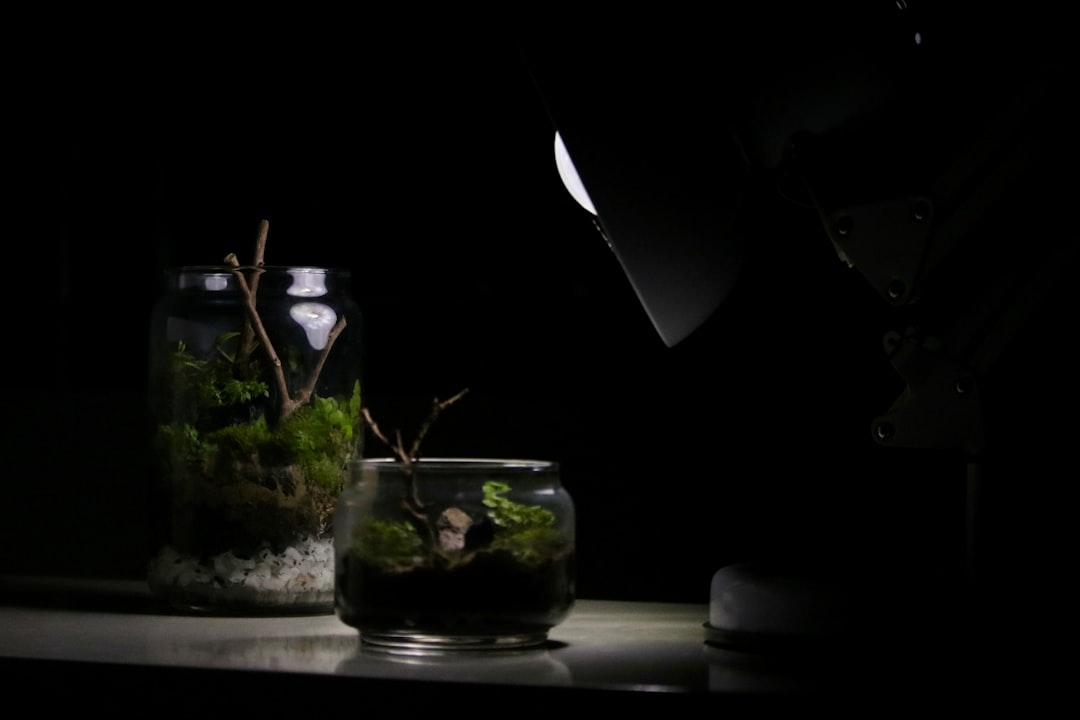Imagine a tiny, self-sustaining ecosystem thriving right inside a glass container on your desk. Terrariums bring the magic of nature indoors, allowing you to cultivate a lush, green environment in even the smallest of spaces. Whether you're an experienced gardener or a complete beginner, these miniature gardens offer a low-maintenance and visually captivating way to enjoy plants year-round.
What Is a Terrarium?
A terrarium is a small, enclosed garden housed within a glass container. It functions as a self-contained ecosystem where plants thrive with minimal intervention. The transparent walls allow light to reach the plants while maintaining moisture levels. Terrariums come in two main types:
-
Closed Terrariums: These have lids that trap moisture, creating a humid environment ideal for ferns, mosses, and tropical plants. The condensation inside the container mimics natural water cycles, making watering infrequent.
-
Open Terrariums: These lack lids and are perfect for succulents, cacti, and other plants that prefer drier conditions. Airflow prevents excess moisture, reducing the risk of mold and root rot.
Choosing the right type of terrarium depends on the plants you wish to grow and the aesthetic you want to achieve.
The Appeal of Terrariums
Terrariums have gained popularity for their beauty, versatility, and ease of care. Here’s why they’re a favorite among plant lovers:
-
Space-Saving: Perfect for small apartments, offices, and desks, terrariums bring greenery to compact spaces.
-
Low Maintenance: Once established, they require minimal watering and upkeep, making them ideal for busy individuals or those new to gardening.
-
Aesthetic Charm: With endless design possibilities, you can create anything from a tranquil forest scene to a desert landscape, incorporating moss, stones, driftwood, and tiny figurines for added personality.
-
Therapeutic Benefits: Caring for plants has been shown to reduce stress, boost mood, and improve focus and creativity.
-
Eco-Friendly and Sustainable: By using recycled glass containers and selecting hardy, low-maintenance plants, terrariums offer an environmentally conscious way to engage with nature.
Getting Started: How to Create Your Own Terrarium
Creating your own terrarium is simple and rewarding. You’ll need:
Materials Needed:
-
A clear glass container – Jars, fish tanks, or specialized terrarium containers work well.
-
Small pebbles or gravel – Helps with drainage and prevents waterlogging.
-
Activated charcoal – Keeps the terrarium fresh by preventing odors and mold growth.
-
Potting soil – Choose the right mix for your selected plants (cactus soil for succulents, peat moss-based soil for ferns and mosses).
-
Plants – Select species that thrive in your chosen terrarium type (e.g., ferns and mosses for closed terrariums; succulents and cacti for open ones).
-
Decorative elements – Moss, stones, driftwood, sand, and miniature figurines can add character.
Step-by-Step Guide to Building Your Terrarium:
-
Choose Your Container: Ensure it’s transparent and suits the type of plants you want to grow.
-
Add a Drainage Layer: Spread small pebbles or gravel at the bottom to prevent excess water from sitting in the soil.
-
Sprinkle Activated Charcoal: This helps filter the air and keeps the environment fresh.
-
Layer the Soil: Use an appropriate soil mix based on the plants you’re growing.
-
Arrange Your Plants: Start with the largest plant first, then add smaller ones. Leave space for growth.
-
Decorate: Add moss, pebbles, or other decorative elements to enhance the visual appeal.
-
Water Sparingly: Closed terrariums need very little water, while open terrariums require more frequent but controlled watering.
-
Place in Indirect Light: Most terrariums thrive in bright but indirect sunlight. Too much direct sunlight can cause overheating.
Care and Maintenance Tips
To ensure your terrarium stays healthy and beautiful:
-
Monitor Moisture Levels: Closed terrariums may develop excessive condensation—if so, open the lid briefly to allow excess moisture to escape.
-
Trim Overgrown Plants: Regularly prune to maintain balance and prevent overcrowding.
-
Avoid Overwatering: A misting bottle is best for adding moisture without over-saturating the soil.
-
Watch for Mold or Decay: Remove dead leaves promptly to prevent mold from spreading.
Bring Nature Indoors
Terrariums are more than just decorative pieces—they’re tiny worlds of life that bring a sense of wonder to any space. Whether you craft a vibrant jungle or a minimalist succulent arrangement, these miniature gardens offer a creative and fulfilling way to enjoy nature indoors.
With endless possibilities for customization, terrariums allow you to express your artistic side while enjoying the benefits of plant care. Are you ready to build your own enchanting terrarium? Let the adventure begin!

Comments
No comments yet. Be the first to comment!
You must be logged in to comment. Login